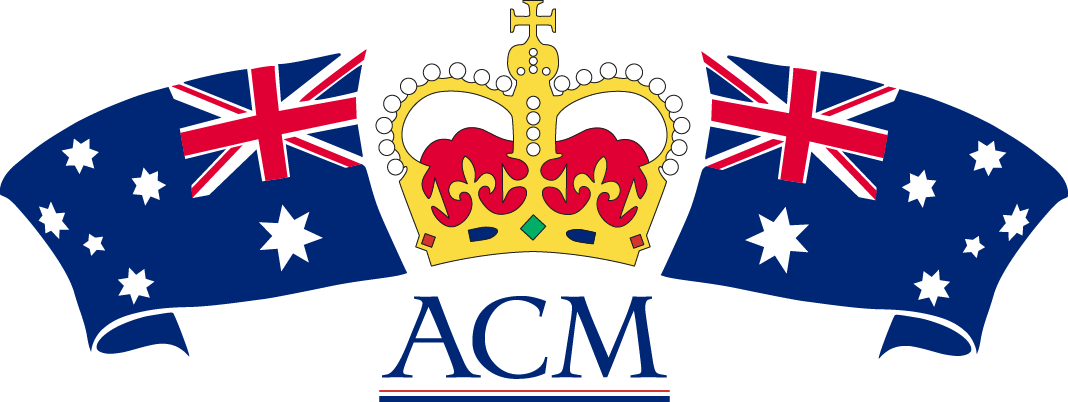Most people vote above the line in the Senate. In the last election over 96% indicated which party or group they preferred, rather than allocating their preferences for each candidate in the Senate election.
Their preferences were then allocated in accordance with the party's or group's instructions filed with the electoral commissions. These instructions are called “ Group Voting Tickets” (“GTV”).
Further information can be obtained on the AEC site. The actual GVT’s for each State and Territory may be downloaded here.
One word of warning – they are not easy to read.

….beware the informal vote…
Do note the rules on what is a formal or informal vote, which are on the AEC site. The details follow.
A vote above the line will be informal if:
-
it has no first preference mark, or
-
there is more than one first preference mark.
A vote below the line is informal if:
-
it has no first preference mark,
-
a tick or cross has been used as a first preference mark,
-
there is more than one first preference mark,
-
there are 10 or more candidates and 90% or more of the squares opposite the names of candidates are not numbered as required or more than three numbers would need to be changed for a correct numeric sequencing to occur.
- This means, for example that where there are twenty candidates, a ballot paper would be informal if it did not have on it either the numbers 1 to 18 (90% of 20) without repetitions or omissions, or numbers which, if up to three of them were changed, would be the numbers 1 to 18 without repetitions or omissions, or
-
there are less than 10 candidates and not all of the squares next to the candidate's names, or all but one of those squares (which is left blank), form a sequence of consecutive numbers beginning
-
with the number 1, or no more than two numbers would need to be changed for a correct numbering sequence to occur.
- This means, for example that where there are nine candidates, a ballot paper would be informal if it did not have on it either the numbers from 1 to at least 8 without repetitions or omissions, or numbers which, if up to two of them were changed, would be the numbers from 1 to at least 8 without repetitions or omissions.
Note: The numbers on a ballot paper are never actually changed to ensure formality. In addition, a formal vote will only be counted until the point at which the voter's intention becomes unclear, for instance to the point of the numbering sequence where it is no longer sequential.
...useful internet tool….
.
In his recent piece on Crikey.com, the founder of the website Below the Line, Benno Rice, says that one thing people may not realise is that the groups are allowed to file up to three of them.
“This," he says "can lead to amusing preference splits — such as Crikey founder Stephen Mayne splitting his preferences between Family First and the Greens, or the Socialist Equality Party who try to come as close to a zero-sum preference flow as possible by putting themselves first and then immediately splitting between Labor, the Coalition and the Greens with the rest of the ballot pretty much a donkey vote.” “Then there's the Democrats in the ACT, who are shaping up as this election's Victorian ALP by sending their preferences straight to the Liberals ahead of Labor and the Greens.”
He says that his biggest problem with the system as it currently stands is that the parties and the candidates are free to lodge preference flows that can run counter to what large sections of their supporters may expect.”
It's up to the voter to ask for the book at the polling place and check there aren't any nasty surprises lurking in their above-the-line vote.”
He agrees the GTV’s are hard to follow. So he decided to try and do something about it.
“First, I thought, we need to rearrange the preference flow into a linear order that a human can read. Antony Green's done this as well. What I wanted to do was allow people to remake the preference flow so as to actually reference their, y'know, preference. Lastly, this flow should be able to be printed in a simple form that could be taken in to the polling booth with them to make voting below the line as easy as possible.”
The result was www.belowtheline.org.au
